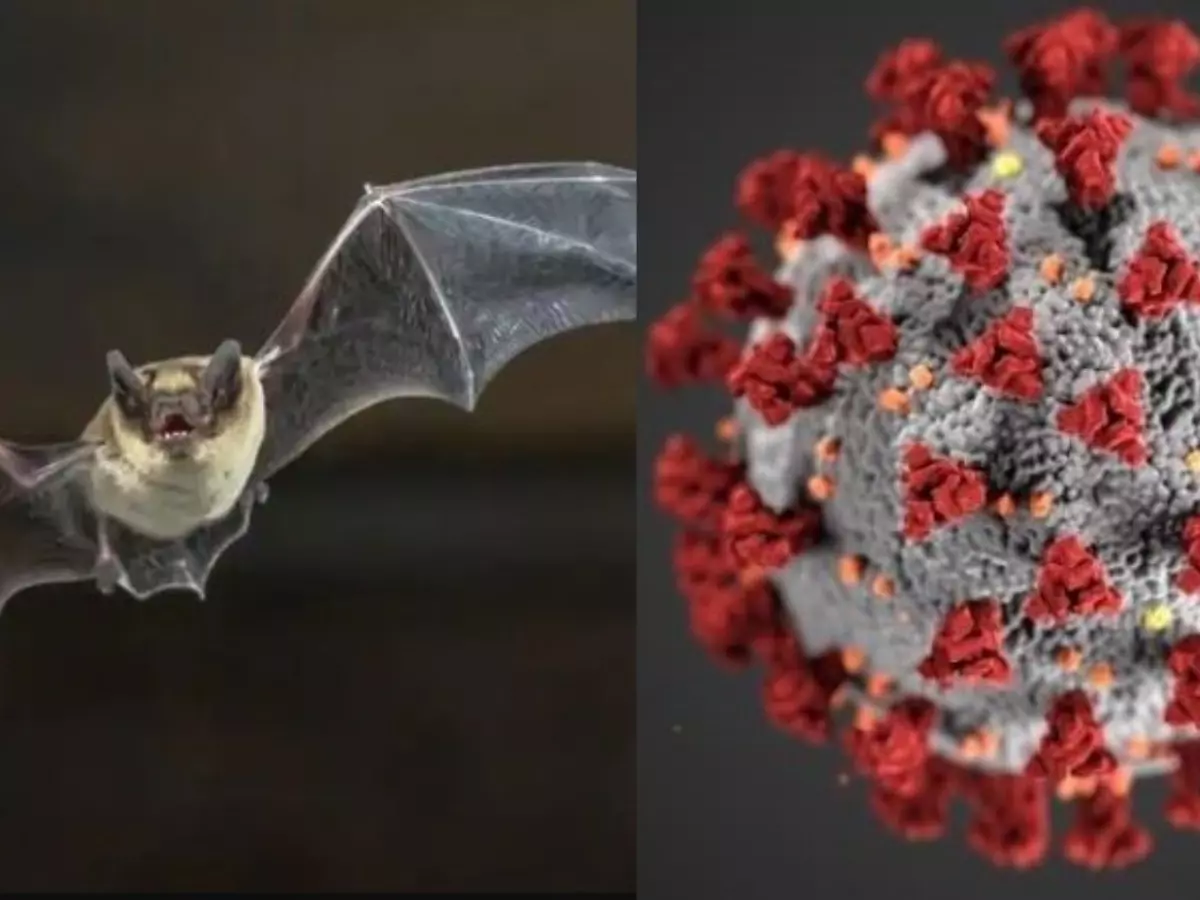New Study Claims Coronavirus Has Been ¡®Circulating Unnoticed¡¯ In Bats For Years
The findings, published in the journal Nature Microbiology, suggest that the novel coronavirus, SARS-CoV-2, is likely to have evolved from its most closely related bat viruses decades ago.

SARS-CoV-2, the virus responsible for the COVID-19 pandemic, has been circulating in bats for decades, claims new research.
The findings, published in the journal Nature Microbiology, suggest that the novel coronavirus, SARS-CoV-2, is likely to have evolved from its most closely related bat viruses decades ago.
 Image For Representation/Shutterstock
Image For Representation/Shutterstock
The novel coronavirus diverged from the most closely related bat viruses about 40 to 70 years ago, according to a new study which sheds light on the origin of the viral strain.
"Coronaviruses have genetic material that is highly recombinant, meaning different regions of the virus's genome can be derived from multiple sources," said study researcher Maciej Boni from Penn State University in the US.
"This has made it difficult to reconstruct SARS-CoV-2's origins. You have to identify all the regions that have been recombining and trace their histories. To do that, we put together a diverse team with expertise in recombination, phylogenetic dating, virus sampling, and molecular and viral evolution," Boni added.
They estimated that SARS-CoV-2 genetically diverged from related bat sarbecoviruses in 1948, 1969, and 1982, respectively. The study suggests that RaTG13 and SARS-CoV-2 share a single ancestral lineage.
 Image For Representation/Twitter
Image For Representation/Twitter
According to the researchers, while SARS-CoV-2 and pangolin viruses share a common ancestor, and although the scaly mammals may have played a role in the transmission of the virus to humans, they are unlikely to be an intermediate host for the virus.
The team used three different bioinformatic approaches to identify and remove the recombinant regions within the Covid-19 virus genome.
Next, they reconstructed phylogenetic histories for the non-recombinant regions and compared them to each other to see which specific viruses have been involved in recombination events in the past.
Also Read: We Were Focusing On Fever As A Predominant Symptom Of COVID-19 But It Is Not, Finds AIIMS Study
They were able to reconstruct the evolutionary relationships between COVID-19 virus and its closest known bat and pangolin viruses.
 Image For Representation/Reuters
Image For Representation/Reuters
"The ability to estimate divergence times after disentangling recombination histories, which is something we developed in this collaboration, may lead to insights into the origins of many different viral pathogens," said study researcher Philippe Lemey.
Also Read: Wuhan Family Rushes To Hospital To Get Tested For COVID-19 After Finding Dead Bat In Soup
The team found that one of the older traits that SARS-CoV-2 shares with its relatives is the receptor-binding domain (RBD) located on the Spike protein, which enables the virus to recognise and bind to receptors on the surfaces of human cells.
"This means that other viruses that are capable of infecting humans are circulating in horseshoe bats in China," said study researcher David L Robertson from the MRC-University of Glasgow Centre for Virus Research.
The team concluded that preventing future pandemics will require better sampling within wild bats and the implementation of human disease surveillance systems that are able to identify novel pathogens in humans and respond in real-time.
All Inputs IANS
